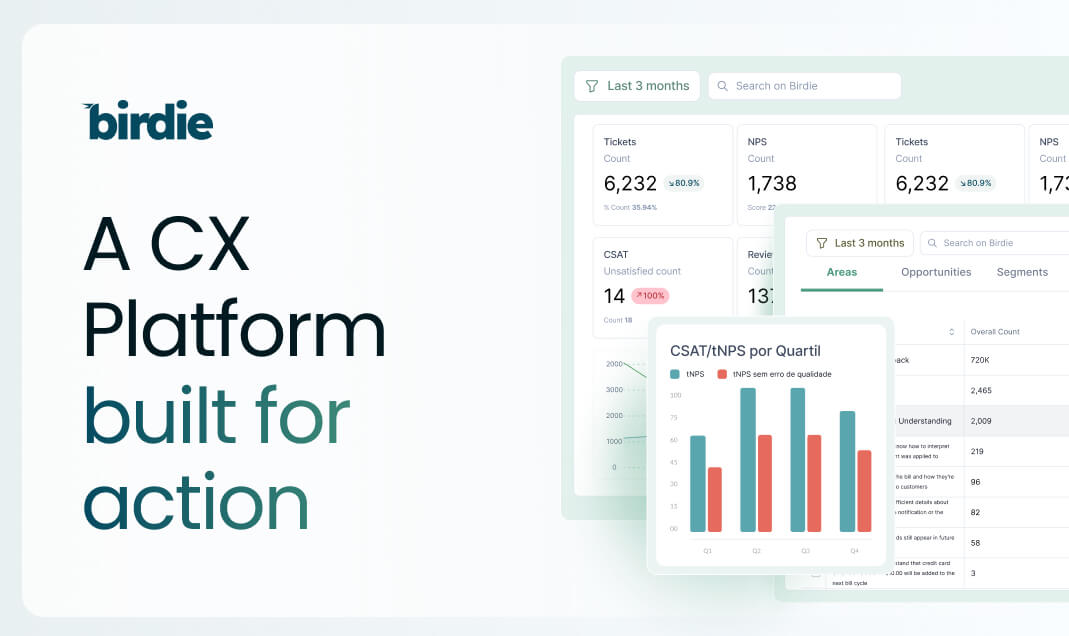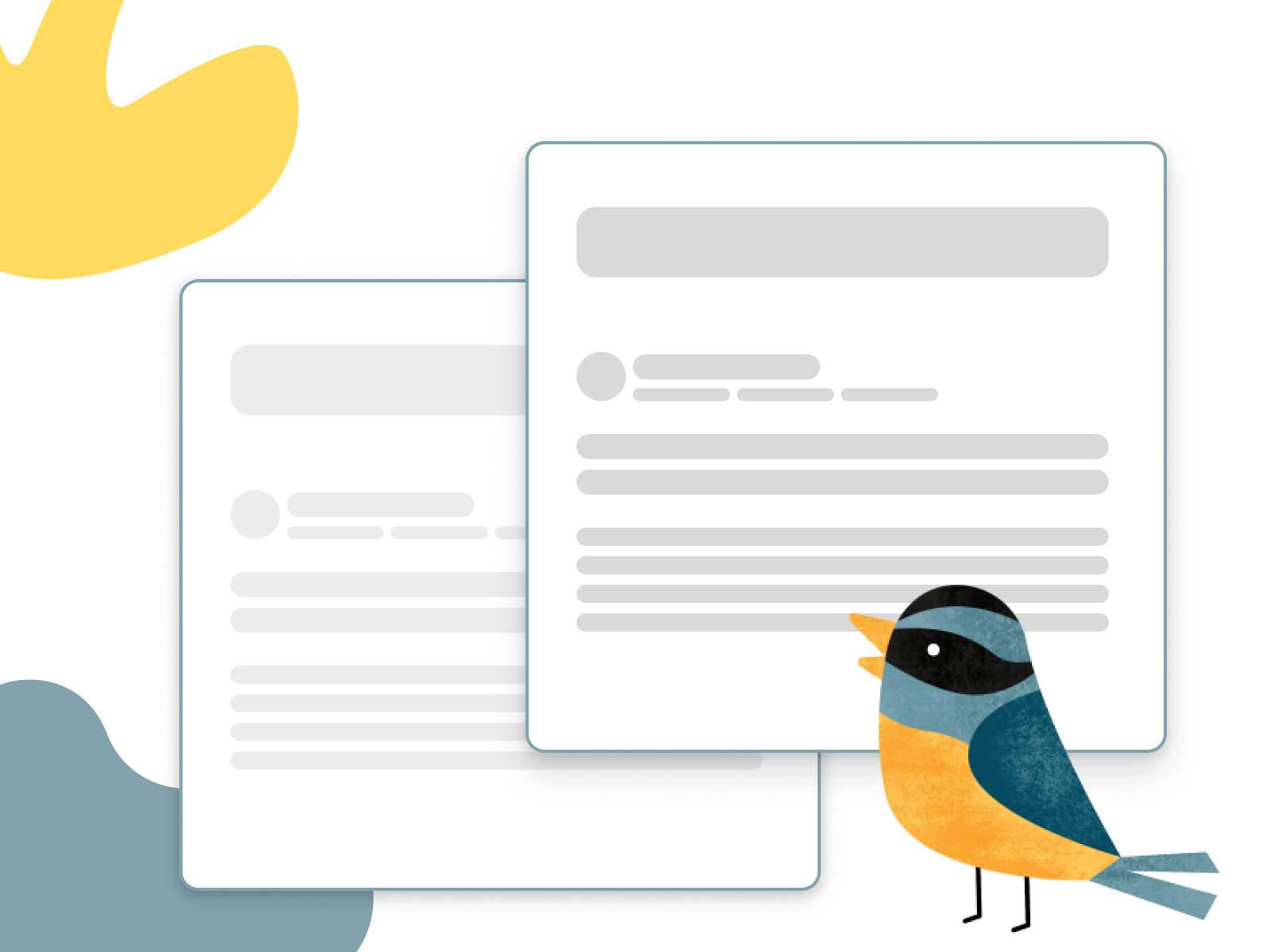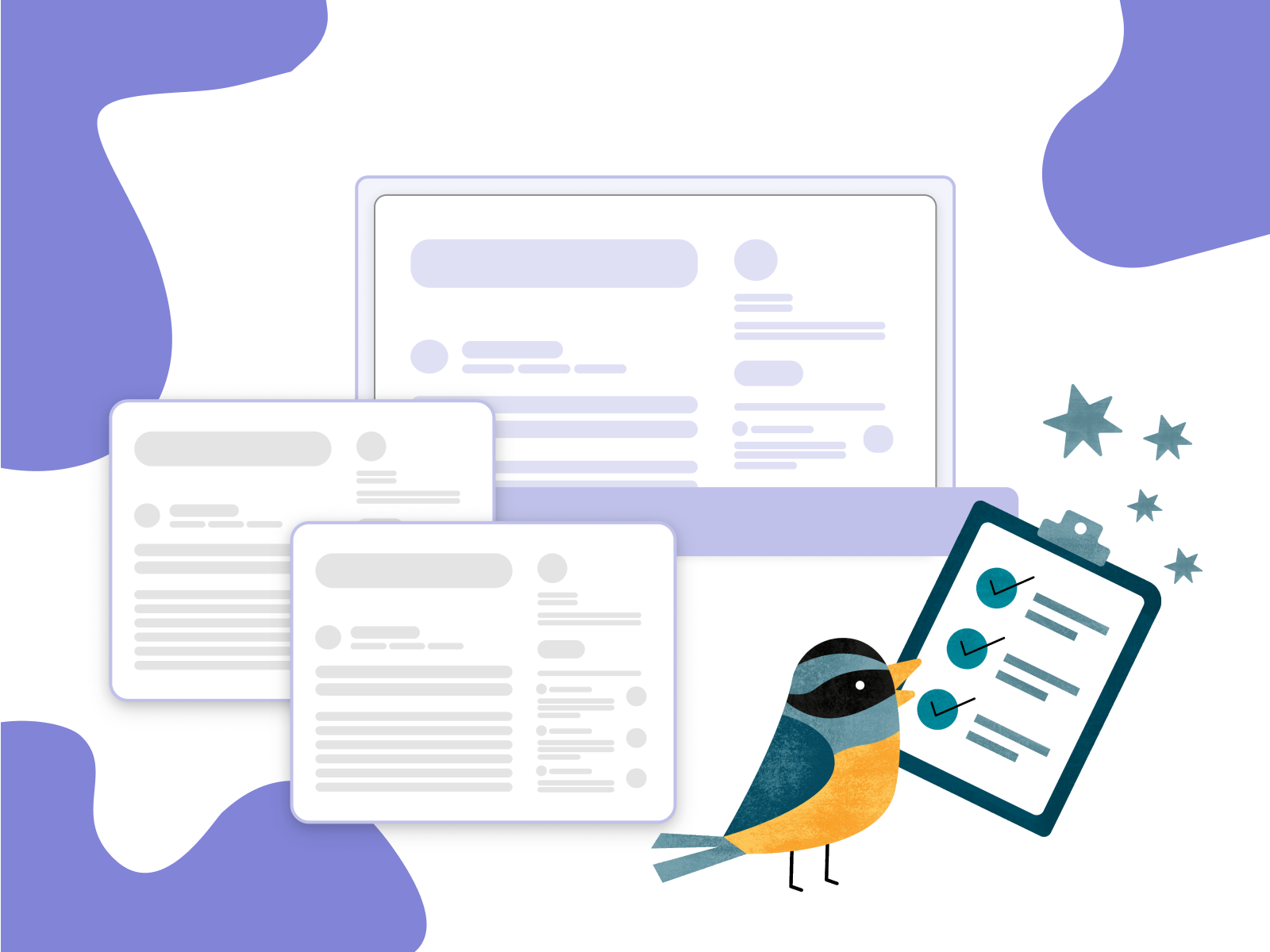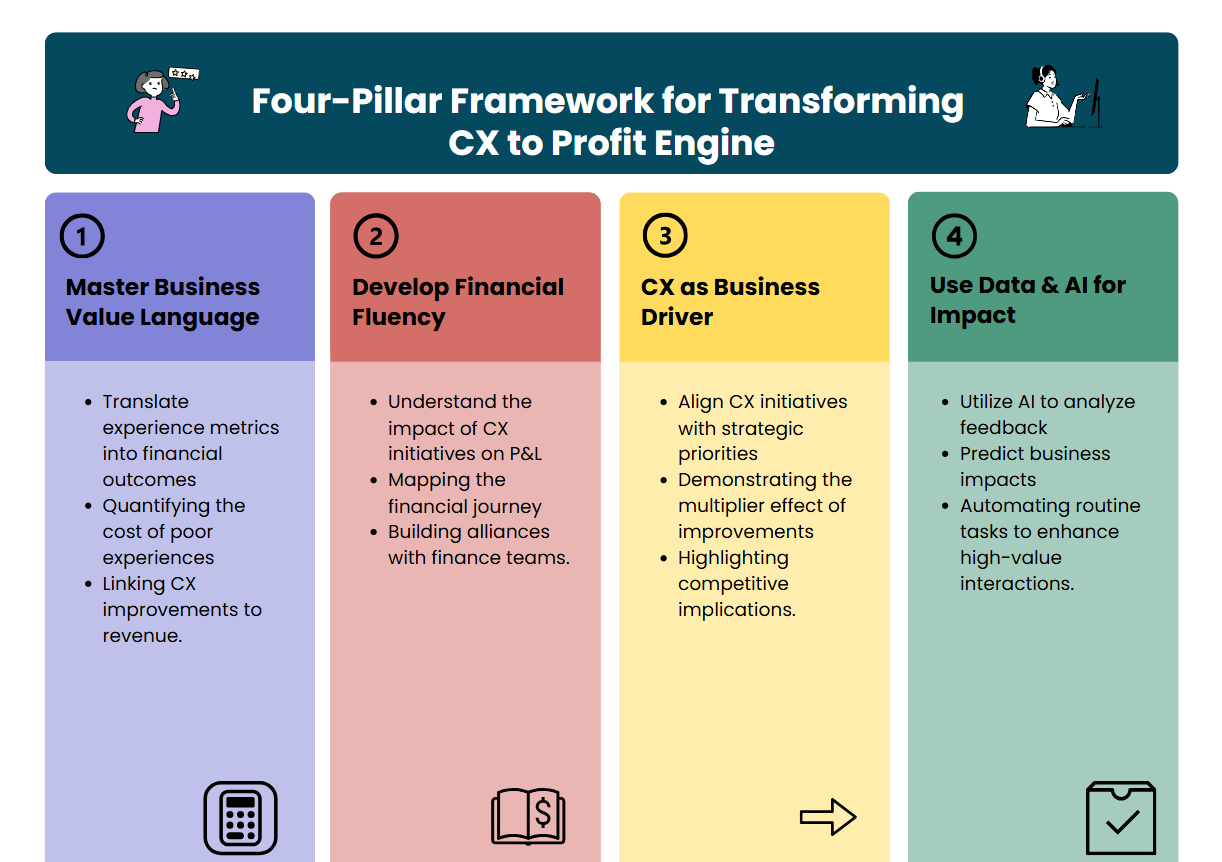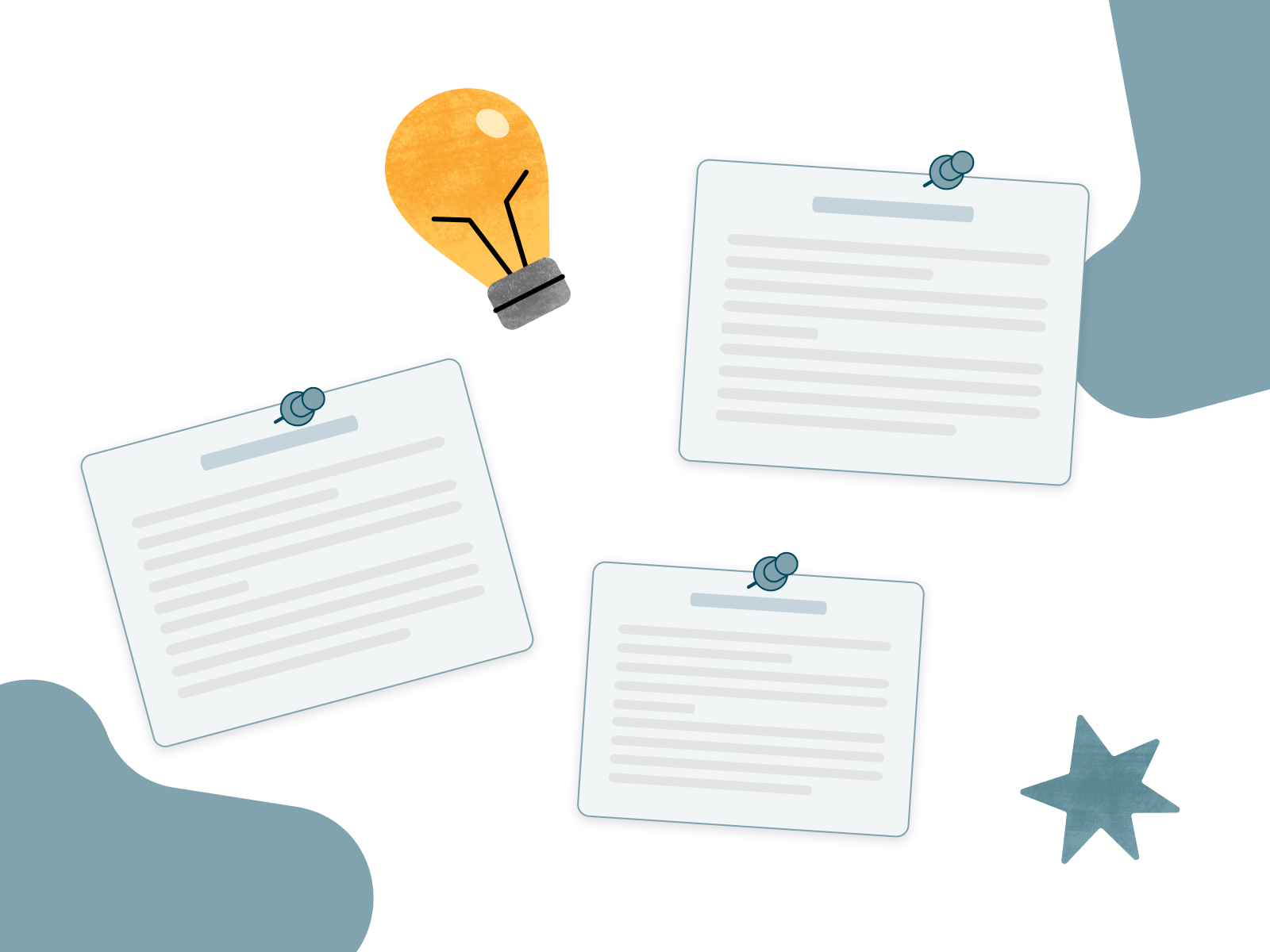
https://www.youtube.com/embed/sUDjy5n0XVo
Stakeholder relationship management webinar takeaways: self-awareness, data, and artifacts for stakeholder alignment
In our last recent webinar, we went all the way to Australia to find the amazing Adrienne Tan (Brainmates CEO & Board Member at the Association of Product Professionals) and Akahsha Edwards (VP of Product at Zendesk).
In a fun and informal conversation, our guest speakers shared their thoughts on stakeholder relationship management, self-awareness, dealing with contrary opinions, and much more.
He is the summary of our key takeaways:
- Nobody wants to be managed - you got to build stakeholder relationships
- There is a different path to great stakeholder relations for every person and every company
- Self-awareness is key to crafting your relationship development skills
- Use data objectively as evidence to support you in your stakeholder collaboration process
- Strong stakeholder relationships drive even more impact in an economic downturn
- Bonus: Use these artifacts for better stakeholder alignment.
Continue reading for more.
Nobody wants to be managed - you got to build stakeholder relationships
Both our panelists have a strong opinion when it comes to the term stakeholder management: they believe there is a negative connotation and that it seems to be contrived rather than natural.
Adrienne started by saying that "the fundamental thing that we need to consider in product management is that we need to learn how to enable one another when we're building products". For her, the term stakeholder relationships indicates a more natural way of interacting with other people and reminds us that we should treat each other humanely and kindly, especially considering that we spend most of our life at work.

Akahsha jumped right in to add that she also likes to use the term stakeholder collaboration and engagement. For her, "stakeholder management can seem like that these people are in my way when really these are the people that you're building the product experience with and we can't do it by ourselves".
So remember to change how you talk about dealing with stakeholders from now on: focus on building relationships with a common focus rather than managing others.
There is a different path to great stakeholder relations for every person and every company
When discussing about how many different scenarios and situations she experienced when it comes to stakeholder collaboration, Akahsha brought two very different experiences to highlight that the best way to build your relationships is one that works for you - and the maturity of the organization you're at.
When at a scale-up with a small team, Zendesk's current VP of Product said a lot of her work was in translating the founders vision, and that they could be a little bit more casual, free-flowing, and agile about how to collaborate and engage. After she joined Zendesk, and organization with 6000 employees, she discovered that she needed more frameworks and processes: "I found a few helpful tools to prepare myself behind the scenes, so creating a mental stakeholder map can be really helpful to understand the different collaborative and engagement relationships, their drivers, their incentives, and what influences their decisions as well".
For both, building that stakeholder map should be much more a mental exercise than a formal one, which a piece of paper and notes. Adrienne added that it's important to always bring your authenticity to anywhere you go in order to be successful and to develop natural and real connections, to which Akahsha added: "as I've moved up seniority levels I found myself acting like a corporate robot, not like a human. This is something I worked on".
Self-awareness is key to crafting your relationship development skills
One of the most common questions people hear when it comes to stakeholder relationships is how to develop this skill. According to Adrienne, there is no better way to do so than to be self-aware: "Self-awareness is fundamental to any relationship building so rather than an external kind of hey how do I learn how to build empathy or how do I learn how to manage, the first thing I would do would start with self questions: how do I behave in certain situations? What triggers me? What upsets me? What elevates me?"
For her, you need to really know yourself before you can work well with others, as you can't engage with others if you don't know yourself. Akahsha completes by saying that she agrees, and adds that a bit of vulnerability can also help: "sharing what are the things I'm looking to improve on and to give them a little bit of a readme when we start so that we have shared expectations while giving them the opportunity to empathize with you".
Being self-aware can also help you to better deal with those who don't have self-awareness: "We can't change others. The whole idea about self-awareness is to work on ourselves", says Adrienne, reinforcing that it's important to assess any difficult situation by that prism. Asking how that affected you, how did you behave in that situation, if you got your desired outcomes or not, and how you can behave next time to get to the results you want.
Use data objectively as evidence to support you in your stakeholder collaboration process
How important is it to use data in Product Management? According to our panelists, it's very important! Adrienne explains: "A core skill of product management is to collect data and other inputs and analyze them to build a strategy. Whether it's qualitative, quantitative, financial reports, analytics, user feedback"¦that's the job, together with being able to communicate that."
She continues by saying that data can help you find a path, especially in a way that avoids bias and blind opinions. That does not mean that data will be a silver bullet to win every decision - because that's not what you should pursue. At the end, you want to make a decision and move forward, always respecting the other people involved.
Akahsha agrees, and says that after she became a VP she tried to avoid interfering too much in product discovery and learnings: "Empower teams to do their work, do their research synthesis and analysis without going in and dropping your opinion too soon which may be based on very imperfect data and very imperfect experiences".
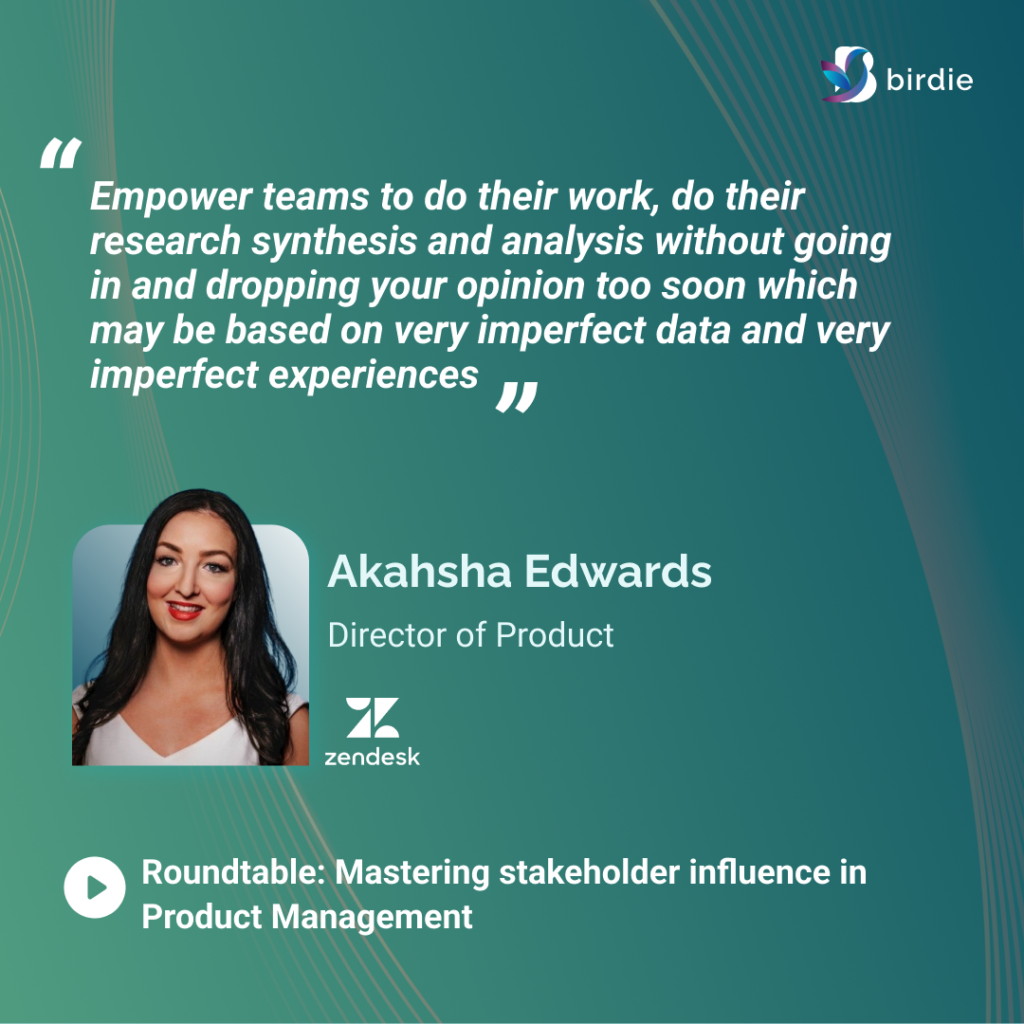
She adds that an important and challenging piece of using data is putting it together to tell a story, and not just dump raw insights on stakeholders, but without changing the context just to support your wishes. That was the cue for Adriene to complete: "we need to look our data as objectively as we can. That's so hard to do sometimes because we do fall in love and there's a natural affinity for a particular solution or a feature or customer". The more data you have, especially when it comes to user feedback and intention, the better.
Strong stakeholder relationships drive even more impact in an economic downturn
With the economic downturn, should we expect stakeholder relationships to become more or less important? Does anything change? That was our last question to the panelists, who promptly responded that the words of order here are transparency and alignment - and that both are intimately connected to stakeholder collaboration.
For Akahsha, high-growth environments give you more space to place bets and make experiments as there is more room for error. In low times, on the other hand, there is less tolerance to error and that's why having that good stakeholder alignment on what we're
doing can really help: "You need to make more choices about what you're going to focus on and having alignment on on key priorities is really helpful in environments like this to avoid waste of energy".
If you're facing similar challenges, register for our next webinar:
Building more efficient Product teams in times of layoffs
Bonus: Use these artifacts for better stakeholder alignment
After sharing that she used to be a PM that wanted to please everyone - and thought that was a good way to deal with stakeholders - Akahska Edwards shared she learned how to respectfully say no and still keep a great relationship with her colleagues. Together with Adrienne, she came up with a few artifacts that can help with that:
- Have a clear product vision: know where you're heading to and share that constantly with the team and stakeholders so they can understand your decision-making criteria and reasons.
- Translate that vision into a short-term strategy: make it clear how you will get there by sharing your next-year plan and leaving some space open for new things that might appear.
- Have an anti-roadmap: put all the great ideas that are intentionally not being chosen on paper so you can refer to that when something comes up - making people feel heard and letting them know that opportunity will be considered in the future.
- Use data and stories to support your decisions: explain what you're doing and why you're doing it. It's even better if you have user perceptions and behavior to support you as evidence.

Take the assessment





